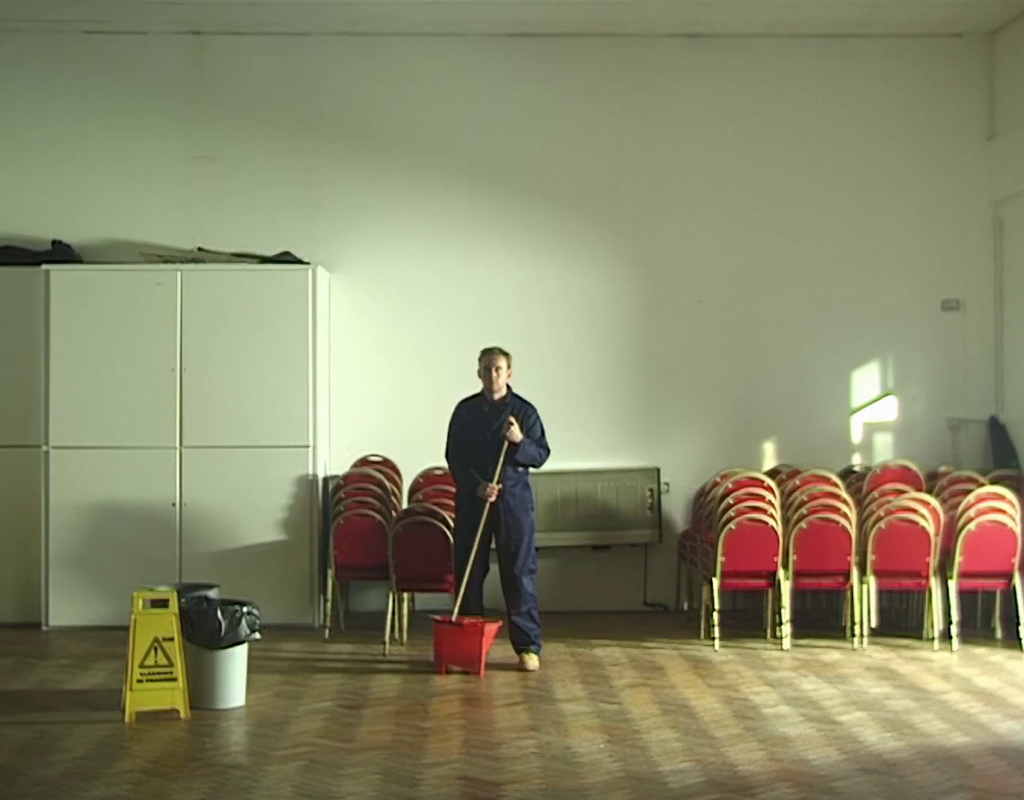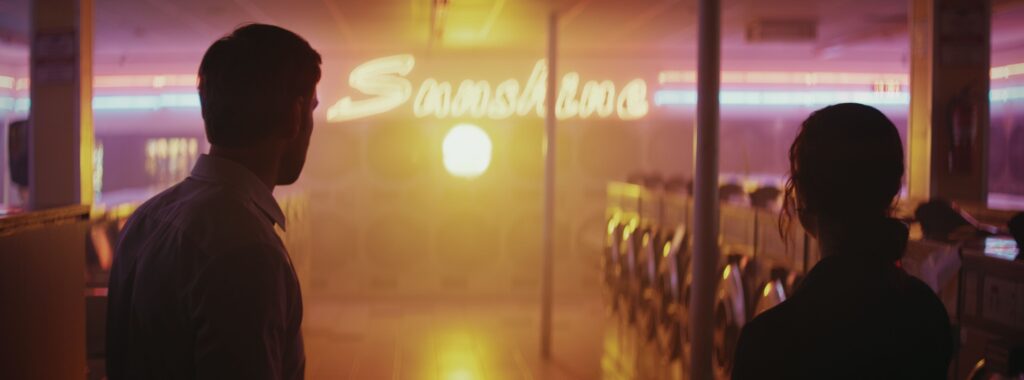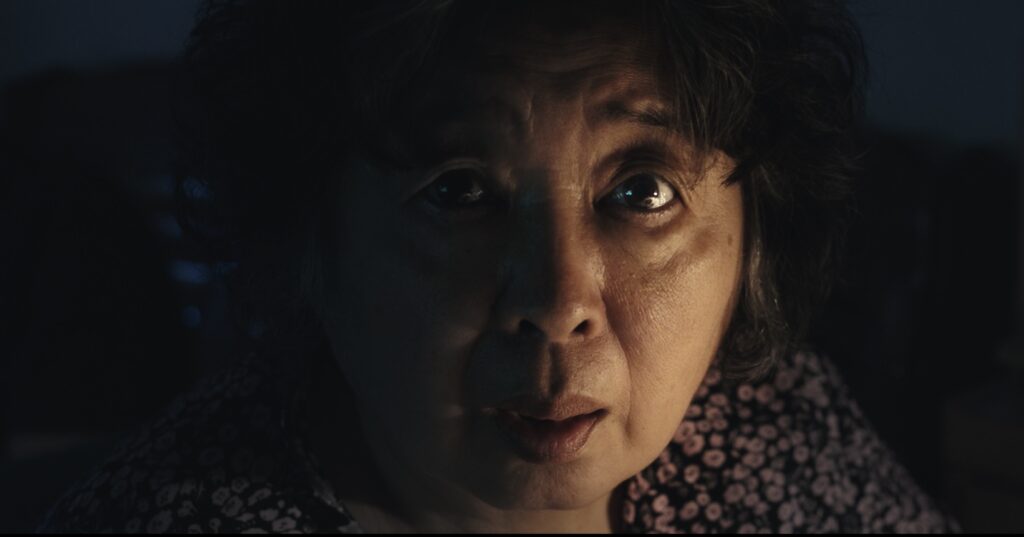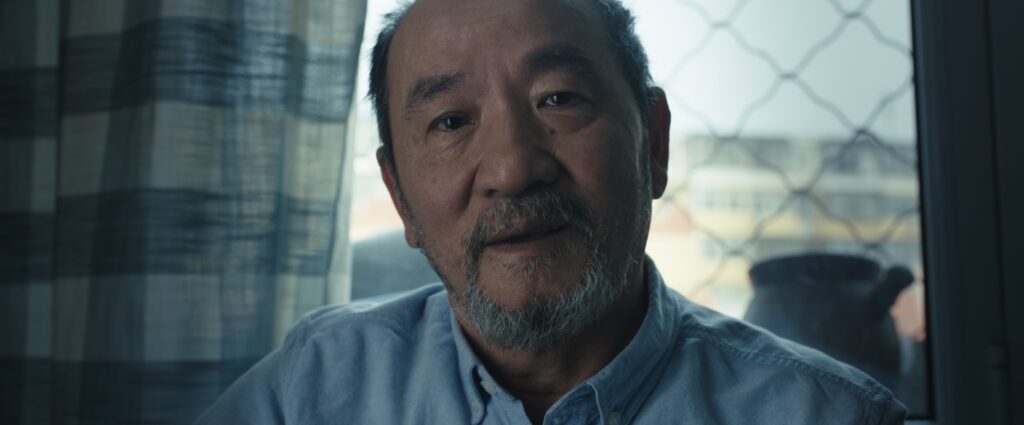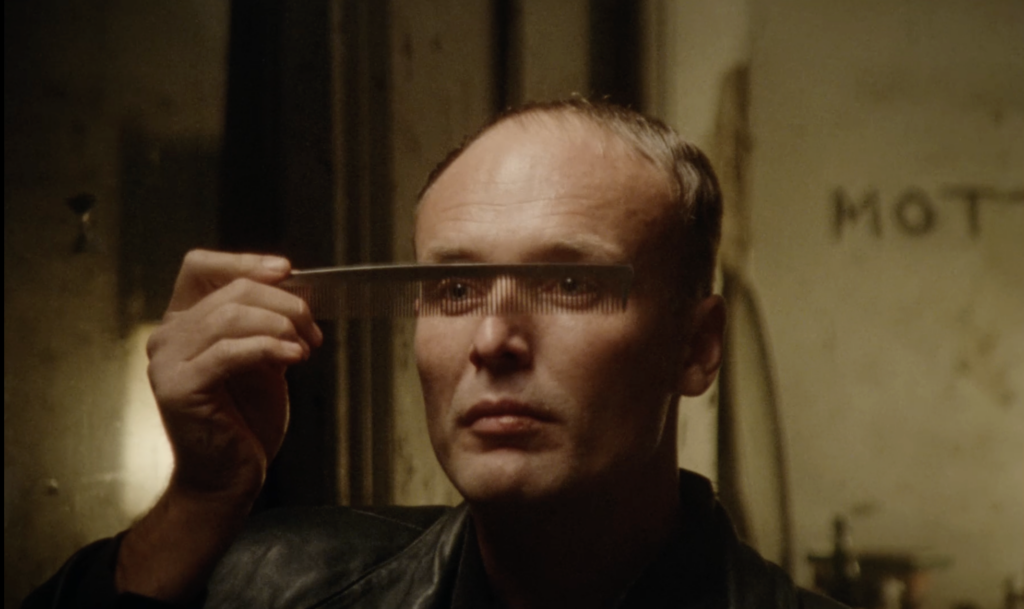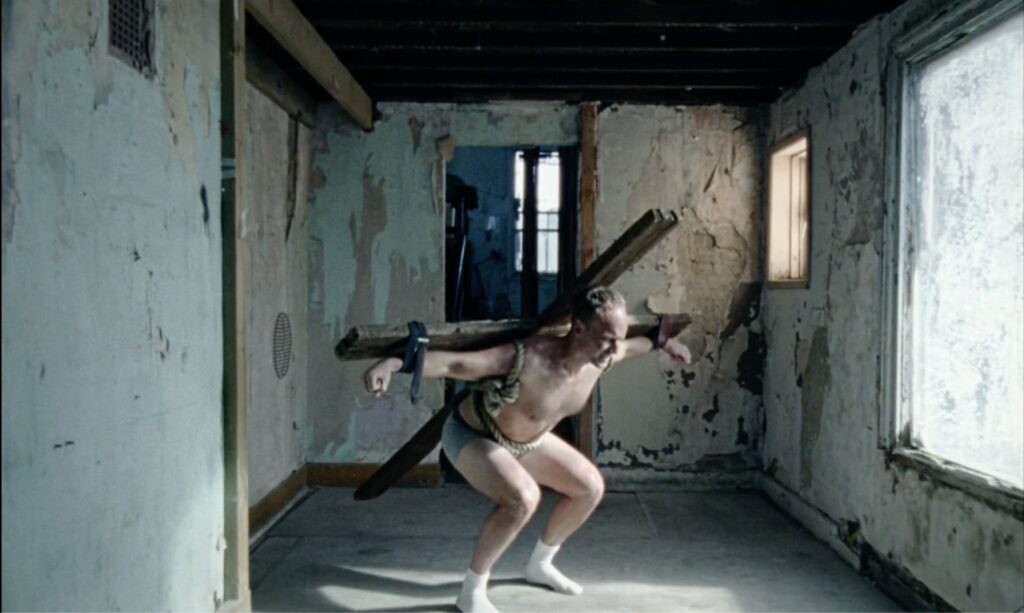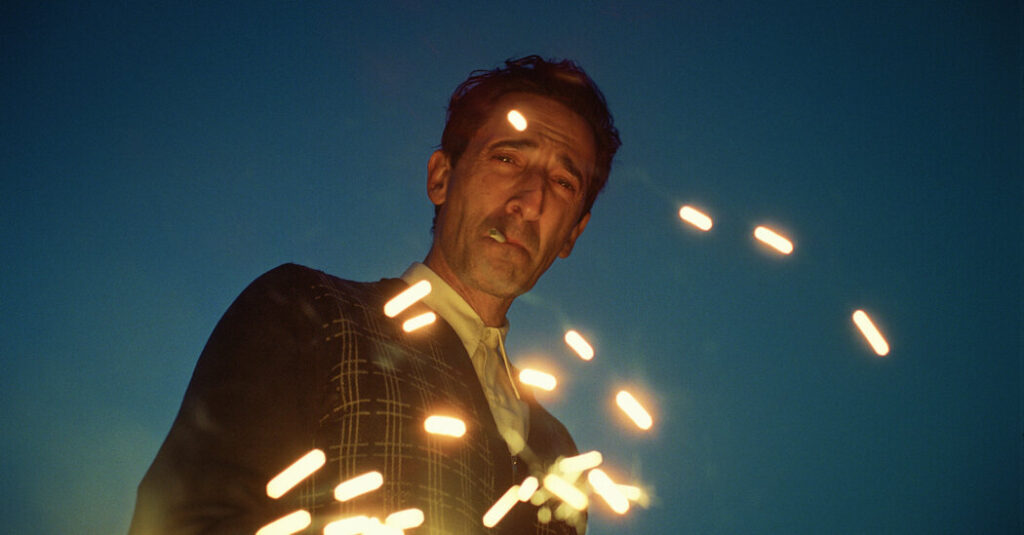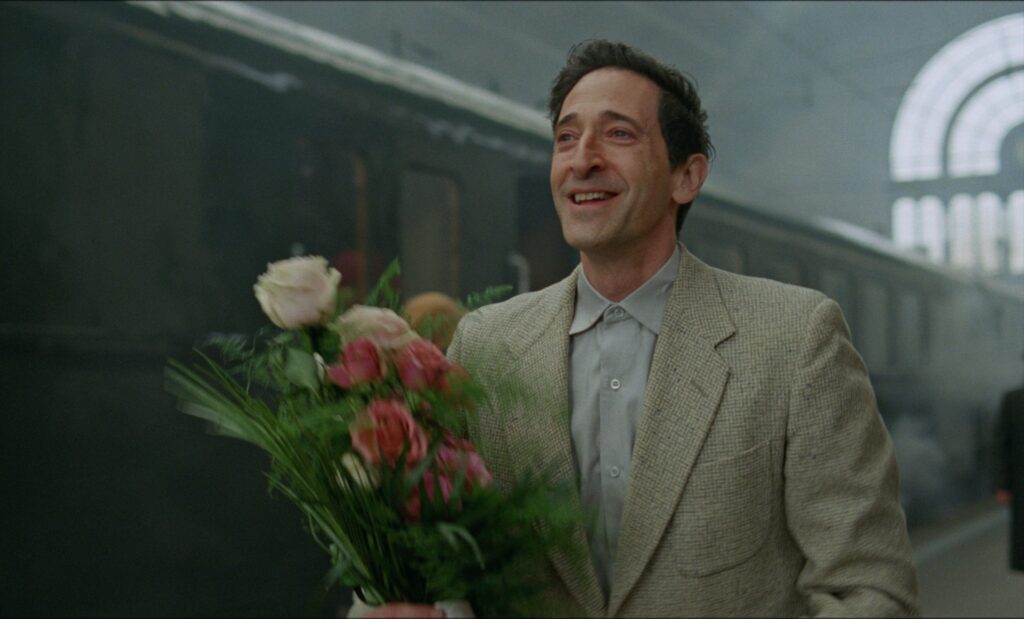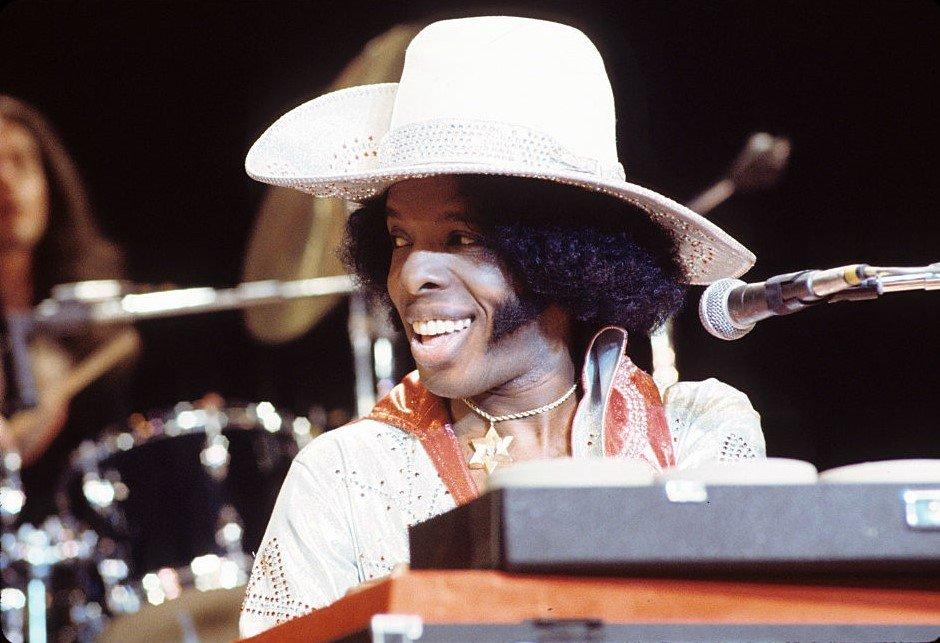
Questlove’s insightful documentary Sly Lives! (aka The Burden of Black Genius) traces the rise, fall and legacy of the groundbreaking musician Sly Stone (birth name Sylvester Stewart) of Sly and the Family Stone. It’s the remarkable story of a prodigy
Sly led and wrote the songs for Sly and the Family Stone, startlingly innovative as both a multi-racial and a multi-gender band. It’s too easy to use the label psychedelic soul (although it does fit Sly and the Family Stone’s music); but, Sly was an original and a genre-buster, whose music blurred (or erased) the lines between rock, R&B, funk, soul and pop.
The term prodigy also gets thrown around, but I didn’t know (until I watched Sly Lives!), that Sly was working as a songwriter, producer and D-jay as a TEENAGER, already moving the needle on Bay Area music culture during its most fertile period.
Sly Lives! also gives us file footage showing Sly to be articulate and charming, with the gift of being quick-witted even while stoned. But then came the heavier drugs, sabotaging his career with a pattern of concert no shows and walkouts that have persisted thru at least 2007. His productivity essentially ended in 1974. All members of Sly and the Family Stone were inducted into the Rock and Roll Hall of Fame in 1993. Sly is alive today at age 81.
This is an exceptionally well-sourced fil. Besides lots of previously obscure archival material from before Sly’s stardom, we get plenty of footage of Sly in interviews and performances back in the day. Perspective comes from the band member themselves, Sly’s ex-wife and his former partner, and a slew of experts in the music industry,
Questlove asks his interviewees about black genius (and seems to confound them). There’s no question Sly was a musical genius. I think that Questlove is emphasizing the word burden in his subtitle – suggesting that having to achieve while battling institutional racism finally sapped Sly of his resilience.
Questlove also reminds us that Sly’s creativity peaked during one of our most turbulent periods – the MLK and RFK assassinations, urban riots and the political evolution from Civil Rights to Black Power. The Black Panther Party suggested that Sly bankroll them personally.
Questlove, who was three years old at the time of Sly’s last hit in 1974, is widely known as the band leader of The Roots on The Tonight Show Starring Jimmy Fallon, and the producer for many recording artists, including Common, Jay-Z, John Legend Al Green and Elvis Costello. He is a musicologist and a historian of Black music and Black culture. In his directorial debut as a filmmaker, he won the Best Doc Oscar for Summer of Soul (…Or, When the Revolution Could Not Be Televised). (The Movie Gourmet predicted that Oscar BTW.)
I loved this nugget from the film – band members celebrated their first big paycheck by acquiring signature dogs. Not cars, jewelry or exotic vacations – dogs.
Sly Lives! (aka The Burden of Black Genius) is streaming on Hulu.

